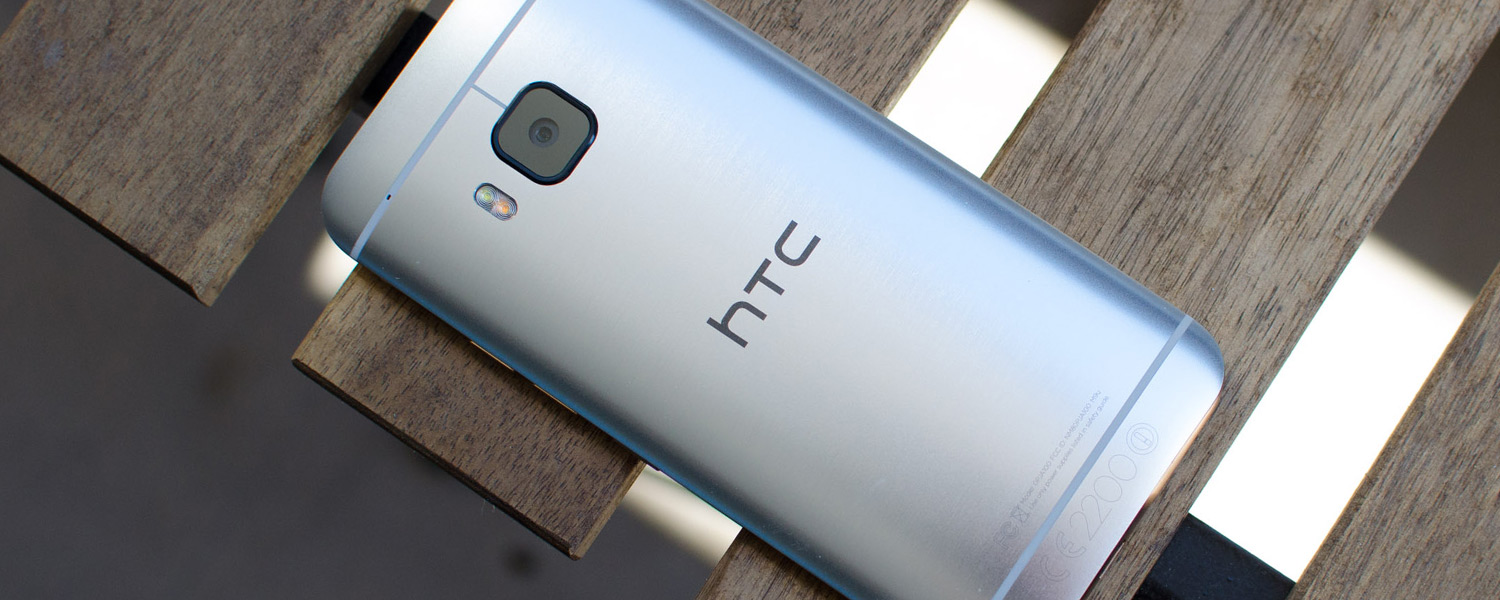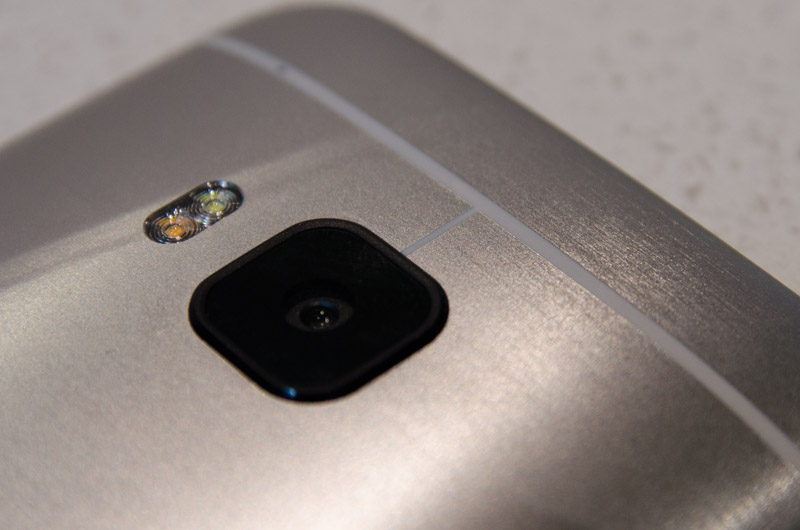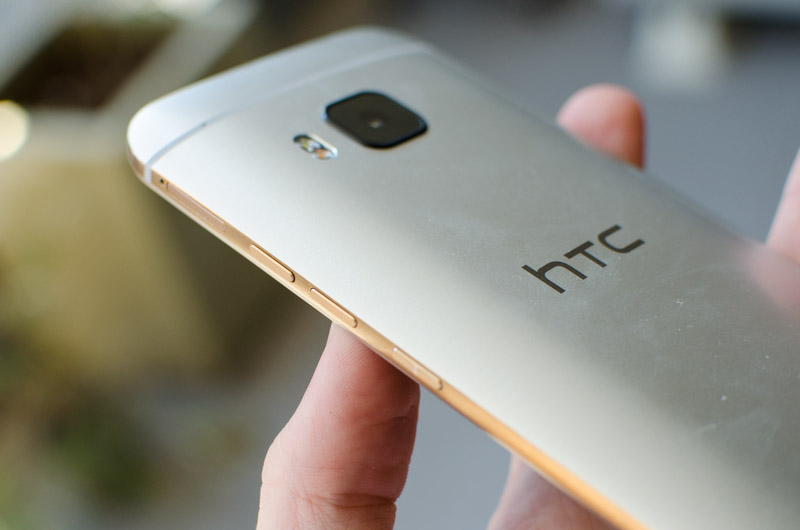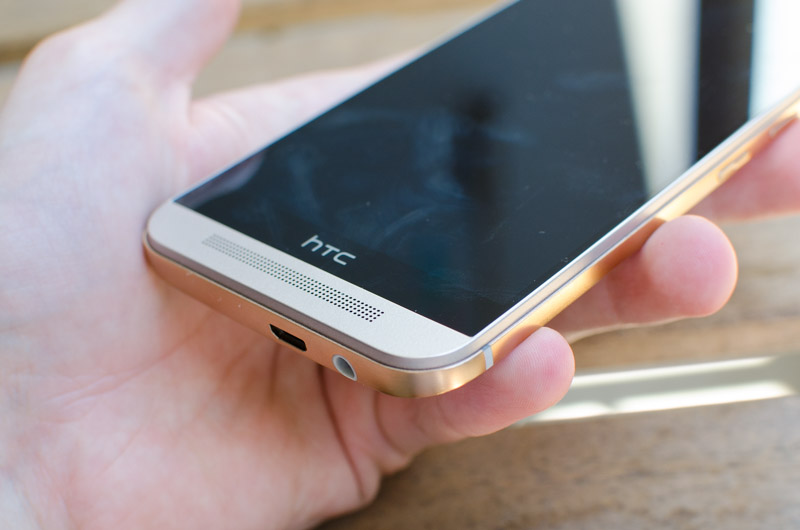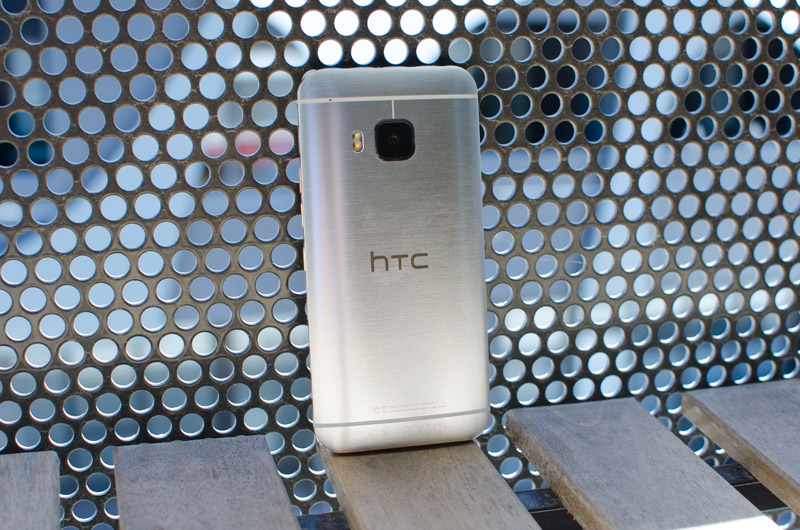The past few years have been difficult for HTC. Executives have departed amid weak financials, and outside of their flagship offerings, the company has struggled to sell their smartphones up against strong Asian competition. Last year, HTC turned to lifestyle products to drive up their revenue, but the only product released so far, the Re action camera, perhaps wasn't as good as they were hoping.
Nevertheless 2015 is shaping up to be a positive year for HTC. One of the coolest products announced in the year so far, the Vive virtual reality headset was developed by HTC in partnership with Valve, and I'm seriously excited for its release towards the end of the year.
As expected, the company has also launched a refined version of their well-regarded flagship Android smartphone. The One M9 could be the winner the company needs.
If you confuse the brand new HTC One M9 for last year's M8, you're not alone: the metal unibody design of the M9 is remarkably similar to what we saw in the previous generation. Many of the device's features will also seem familiar, including the 5.0-inch 1080p Super LCD 3 display, BoomSound speaker array, and heavily-customized Android software.
The areas that have been improved are less obvious than in previous updates. The biggest one concerns the camera, with HTC deciding to relegate the mediocre Ultrapixel camera, seen on the back of the M8, to the front of the M9. The Duo Camera has also been removed, replaced by a 20-megapixel shooter that hopefully addresses the one major issue with the last-gen One. Internally, HTC is packing the latest and greatest Qualcomm Snapdragon 810 SoC, which should be a decent performance boost with the added bonus of 64-bit support.
However, the competition hasn't stayed stagnant. In particular, the past six months have seen better displays, longer battery life, improved cameras, as well as a greater focus on design. HTC will need to have pulled out all the stops to deliver a compelling smartphone at the start of 2015.
Luckily, I can start off this review by talking about one aspect of the HTC One M9 that I love: the design. HTC continues to absolutely nail the all-metal smartphone body, and that's no exception with this new smartphone.
HTC began producing metal smartphones with the beautiful HTC One, which featured a matte metal back and polycarbonate edges, although the device itself wasn't the most ergonomic. The company addressed this concern with the shiny HTC One M8, adding more metal to the body and curving it to perfection. Unfortunately it could be a bit slippery, and the power button wasn't ideally positioned.
The One M9 is the most refined metal body HTC has produced to date, with each shell taking 300 minutes to machine from raw materials. The metal shell no longer warps fully around the sides; instead, the body is noticeably split into two parts. The first part is the curved back shell, which somewhat folds around the sides and includes all the ports and buttons. The second is the piece that includes the display, which appears to sit into the back shell in a design that's less seamless than we saw in the M8.
While I prefer the look of the M8's seamless body, the choice to engineer a seam into the body actually reduces the slipperiness significantly. Combined with increased sharpness to the edges, the M9 is very easy to grip: great news for the frequent phone droppers out there. I wouldn't say it feels as nice to hold as the M8, though it's certainly a really solid, tough, and well-built handset.
HTC has also updated the metal body's finish. The company is very proud of the two-tone design, which sees the shiny back panel given a lightly brushed finish, while the edges have a "mirrored" (aka. cleanly polished) finish. The front panel is also different, using matte metal reminiscent of the original One, combined with Gorilla Glass to protect the display.
The two-toned design also refers to the color of the metal. The One M9 is the first smartphone to feature a single piece of metal with two distinct colors: silver for the back section, and gold around the edges. Although the gold is more of a copper color in my review unit, this combination of complementary colors looks fantastic. Factoring in the premium finish HTC has applied to the metal, and the One M9 is one of the most attractive smartphones I've ever used.
For people who'd rather have a single-color smartphone, HTC offers an entirely gold model, and an entirely gunmetal grey model which should be familiar to those with a grey M8. It's surprising that HTC has only released one two-tone M9 considering how attractive it looks, and it's equally surprising there's no all-silver model.
Perhaps the most relevant functional change HTC has introduced to the One design is the power button location. The top-edge button has finally been removed in favour of a perfectly-positioned right-side button, positioned below two distinct volume buttons. All three buttons are solid, clicky and responsive, though they don't travel very far.
The top edge still includes a long strip of black plastic, which conceals the infrared LED that can be used to control TVs and other home theatre equipment. On the opposite edge is where you'll find the microUSB charging port and 3.5mm audio jack. The only other features around the edges are the microSD card slot (a must-have for many) on the right side above the volume rocker, and the nano-SIM slot on the left.
Like with the HTC One M7 and M8, there are two polycarbonate strips that break up the solid metal back panel, and this is to ensure functional wireless connectivity. The regulatory logos at the bottom of the panel disrupt the otherwise minimalist panel, though this is hardly a significant concern.
On the front of the M9, HTC's signature BoomSound speaker array is seen above and below the 5.0-inch display. HTC's use of dual front-facing speakers is still the best speaker implementation we've seen on a smartphone, and the M9's iteration is loud, powerful and reasonable quality considering the small drivers. Hidden in the top speaker grill is an usual notification LED.
Unfortunately HTC still hasn't managed to decrease the overall size of the One through slimming down the top and bottom bezels. The large black strip that only features the HTC logo is still there on the One M9, and I'd really like to see this removed entirely to reduce the height of the handset. The width is fine, so the M9 is easy to hold, but reducing the height would make the phone feel more compact.
